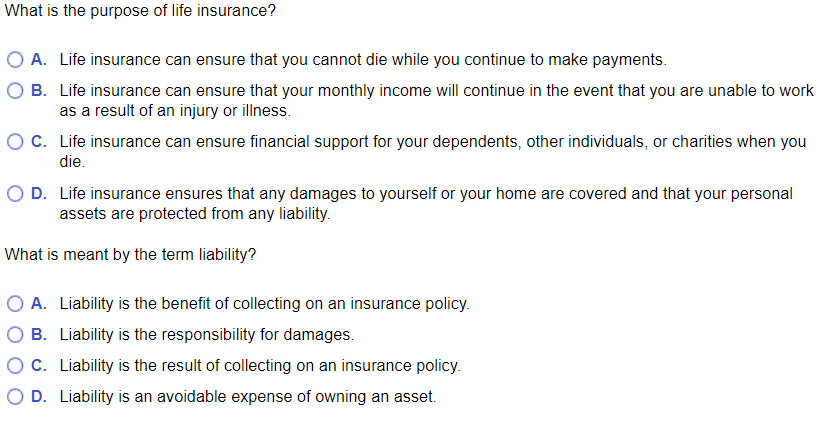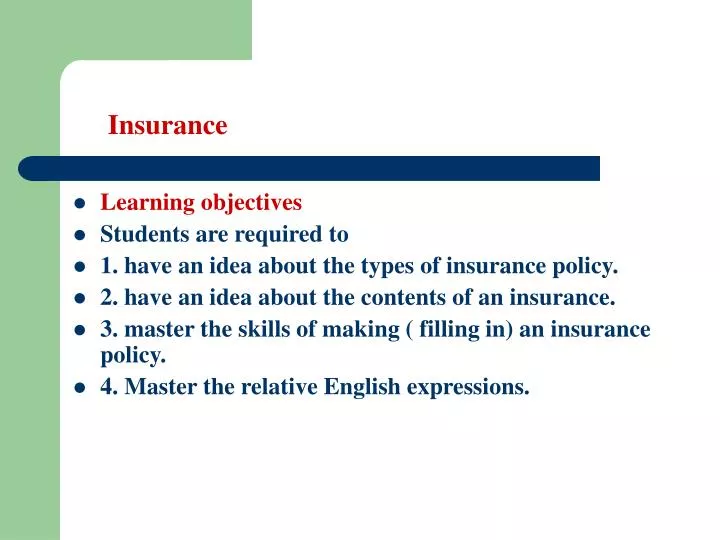4 Easy Facts About Pacific Prime Shown
Wiki Article
How Pacific Prime can Save You Time, Stress, and Money.
Table of ContentsPacific Prime for DummiesSome Known Details About Pacific Prime The Definitive Guide to Pacific PrimeLittle Known Questions About Pacific Prime.The 5-Second Trick For Pacific Prime

This is since the information were accumulated for a period of strong economic efficiency. Of the approximated 42 million individuals who were uninsured, all however concerning 420,000 (about 1 percent) were under 65 years of age, the age at which most Americans end up being qualified for Medicare; 32 million were grownups in between ages 18 and 65, about 19 percent of all adults in this age team; and 10 million were youngsters under 18 years old, about 13.9 percent of all kids (Mills, 2000).
These price quotes of the variety of individuals uninsured are generated from the yearly March Supplement to the Current Populace Survey (CPS), conducted by the Census Bureau. Unless otherwise noted, national estimates of people without medical insurance and proportions of the population with various sort of insurance coverage are based upon the CPS, one of the most extensively made use of resource of estimates of insurance coverage and uninsurance rates.
Pacific Prime - The Facts

Still, the CPS is especially valuable since it produces yearly quotes relatively quickly, reporting the previous year's insurance policy coverage estimates each September, and due to the fact that it is the basis for a constant set of price quotes for greater than two decades, permitting for analysis of fads in protection over time. For these factors, in addition to the extensive use the CPS in other researches of insurance protection that exist in this record, we count on CPS estimates, with restrictions noted.

The estimate of the variety of without insurance people increases when a population's insurance policy status is tracked for a number of years. Over a three-year duration beginning early in 1993, 72 million individuals, 29 percent of the U.S. https://issuu.com/pacificpr1me. population, lacked protection for a minimum of one month. Within a solitary year (1994 ), 53 million people experienced at the very least a month without coverage (Bennefield, 1998a)
6 out of every ten without insurance adults are themselves utilized. Functioning visit the site does boost the possibility that one and one's household participants will certainly have insurance coverage, it is not a guarantee. Even participants of families with two permanent breadwinner have almost a one-in-ten possibility of being without insurance (9.1 percent uninsured rate) (Hoffman and Pohl, 2000).
Pacific Prime for Beginners
New immigrants represent a significant percentage of people without health insurance coverage. One analysis has actually associated a substantial section of the current development in the dimension of the united state without insurance populace to immigrants that got here in the nation between 1994 and 1998 (Camarota and Edwards, 2000). Recent immigrants (those who came to the USA within the previous four years) do have a high rate of being uninsured (46 percent), but they and their children represent just 6 percent of those without insurance coverage country wide (Holahan et al., 2001).The connection between medical insurance and accessibility to care is well developed, as documented later in this phase. The connection between wellness insurance coverage and health outcomes is neither straight nor straightforward, a substantial medical and health solutions research study literary works links health insurance policy protection to improved accessibility to care, much better quality, and boosted personal and populace health standing.
Levels of evaluation for checking out the impacts of uninsurance. This conversation of medical insurance protection concentrates mostly on the united state population under age 65 due to the fact that basically all Americans 65 and older have Medicare or other public insurance coverage. Furthermore, it focuses particularly on those with no medical insurance for any kind of length of time.
Facts About Pacific Prime Revealed
The troubles dealt with by the underinsured are in some respects comparable to those dealt with by the uninsured, although they are normally less extreme. Health insurance policy, nevertheless, is neither necessary neither sufficient to get access to clinical solutions. The independent and direct result of health insurance policy coverage on access to wellness services is well developed.
Others will certainly acquire the wellness care they require also without health and wellness insurance policy, by paying for it expense or seeking it from companies that provide treatment complimentary or at highly subsidized rates. For still others, medical insurance alone does not make sure invoice of care as a result of various other nonfinancial obstacles, such as a lack of health and wellness treatment companies in their area, restricted access to transport, illiteracy, or linguistic and cultural distinctions.
The Facts About Pacific Prime Uncovered
Official research concerning without insurance populaces in the USA dates to the late 1920s and very early 1930s when the Board on the Price of Treatment generated a collection of records regarding financing doctor office check outs and hospital stays. This problem ended up being salient as the numbers of medically indigent climbed up throughout the Great Clinical depression.Report this wiki page